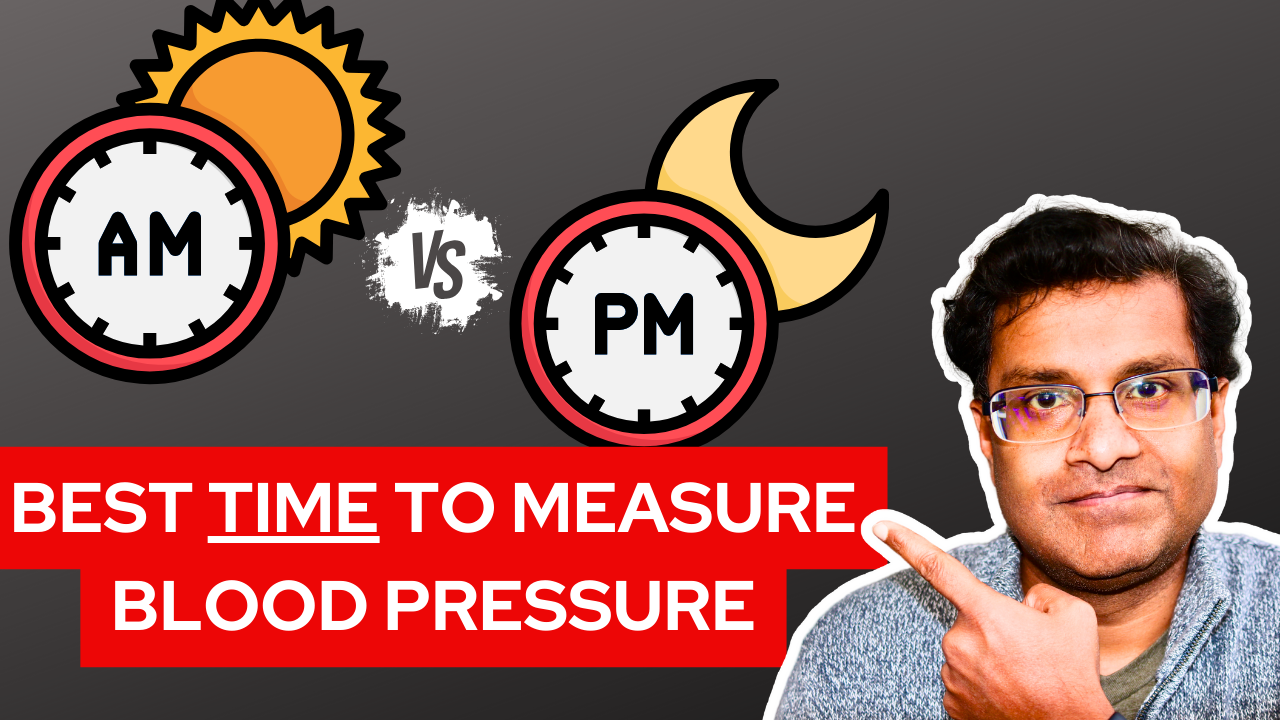What is Atorvastatin (Lipitor)?

Atorvastatin is a cholesterol lowering drug. Atorvastatin belongs to a group of prescription medicines called Statins.The brand name is Lipitor.
What is Atorvastatin used for?
Atorvastatin is used to treat high cholesterol, and to lower the risk of stroke, heart attack, or other heart complications in people with type 2 diabetes, coronary disease. It is also used to slow the progression of heart disease as well as renal disease. Atorvastatin takes a couple of weeks to take effect.
How does Atorvastatin work?
Atorvastatin belongs to family of medications called as statins. They are also called HMG-CoA reductase inhibitors.They work by blocking the production of cholesterol in the liver by the enzyme HMG-CoA reductase.
How should I take Atorvastatin?(Do I have to take it at nighttime?)
Atorvastatin comes as a tablet to take by mouth. It comes in the following doses 10mg, 20mg, 40mg, and 80mg. It is usually taken once a day with or without food. Take atorvastatin at around the same time every day. The reason Atorvastatin is usually given at nighttime is because the cholesterol-making enzyme is more active at night. Also, the half-life, or the amount of time it takes for half the dose to leave your body, of some statins is short. If you are unable to take the dose at nighttime stick to taking the medicine daily at the SAME time.
What foods should you avoid while on Atorvastatin?
Grapefruit may interact with atorvastatin and lead to unwanted side effects. Grapefruit contains a chemical that interferes with your body’s ability to break down or metabolize certain statin medications. When statin takers eat large amounts of grapefruit, the level of statins in their blood can increase, raising the possibility of side effects.
Can I drink Alcohol while on Atorvastatin?
 Avoid drinking alcohol. It can raise triglyceride levels and may increase your risk of liver& muscle damage.
Avoid drinking alcohol. It can raise triglyceride levels and may increase your risk of liver& muscle damage.
Do I need to take Atorvastatin with food?
This medication can be taken with or without food.
Who should not be taking Atorvastatin?
You should be taking Atorvastatin if you are pregnant, breastfeeding, have persistent elevated liver enzymes, have active liver disease if you are allergic to Atorvastatin
What are the most significant side effects of Atorvastatin you should be aware of?
I will discuss the most common side effects later in this article. The 2 significant side effects which you should be aware of are liver and muscle problems.
The reason why you get Statin associated muscle problems is not clearly understood, however the main symptoms include muscle aches and pain seen in 3-8% of individuals. The presentation of these symptoms might vary from mild muscle like cramps and musculoskeletal pain to muscle weakness and in extreme cases associated with acute kidney injury called rhabdomyolysis. Symptoms of rhabdomyolysis are feeling tired and weak, dark brown urine, muscle pain. These also all symptoms because of muscle is breaking down.
If you have severe muscle symptoms or feel weak your health care provider will discontinue the medications. They will also through a workup to evaluate liver and kidney damage and these are some of the other tests they might be doing. (CPK, renal parameters, Liver enzymes, urinalysis).
If you have mild to moderate symptoms, you have care provider may discontinue the dose of the medication and evaluate you off the medication. Some health care providers depending on your co-morbidities might decide to restart you on a lower dose of the medication monitoring for further side effects. A blood test looking for muscle damage is called CPK.
The other significant side effect is liver associated problems such as elevated liver enzymes seen in about 2% of patients and acute hepatic failure and hepatitis which has been described in post marketing surveys. Signs of severe liver damage include feeling weak and fatigued, dark urine, pale stools and yellowing of your skin and the white of your eyes.
Elevated liver enzymes should return to normal or near normal values once the medication is discontinued. If you do have some toxic injury to your liver resolution of your symptoms will take longer, about 1-4 months. However, there are some individual’s where your liver injury can persistent for six months or longer.
Can Atorvastatin cause diabetes?
Here I am quoting from the journal of family practice: “recent studies have found an increased risk of new onset type 2 diabetes in statin users, with an increased risk associated with higher potency statins including rosuvastatin and Atorvastatin”. If you’re a new user of a cholesterol lowering drug, make sure you are health care provider is monitoring your blood sugars during routine blood draws. Signs and symptoms of hyperglycemia which is another way of saying increase blood sugar include fatigue, abdominal pain, nausea and vomiting, episodes of confusion, increased thirst and dry mouth, shortness of breath, combined with weight loss.
The numbers for the risk of developing diabetes appear to be small nonetheless your health care provider should be checking your blood sugars and discussing the risks vs benefits for your individual situation depending on your other co-morbidities, age, and other medications you are on.
What are the most common side effects of Atorvastatin?
All drugs may cause side effects. There will be always some people who have no or only mild side effects. Others may have moderate to severe side effects leading to discontinuation of their medication. If you do have side effects, talk to your health care provider for next steps and advice.
Here are some of the most common side effects (Source FDA)
- GI side effects like diarrhea (7%, 14% at higher doses)
- Skeletal pain (9-12%)
- Upper respiratory symptoms: 9-12%
- Diabetes mellitus (6%)
- UTI(7-8%)
- Insomnia (5%)
- Muscle pain (3-8%)
Have a good and think your health.
Sources:
1)https://www.goodrx.com/atorvastatin/
2) https://www.nhs.uk/medicines/atorvastatin/side-effects-of-atorvastatin/
3) https://agsjournals.onlinelibrary.
4) https://www.accessdata.fda.gov/d
5) https://cdn.mdedge.com/files/s3fs-public/Document/September-2017/JFP_06309_Article1.pdf






